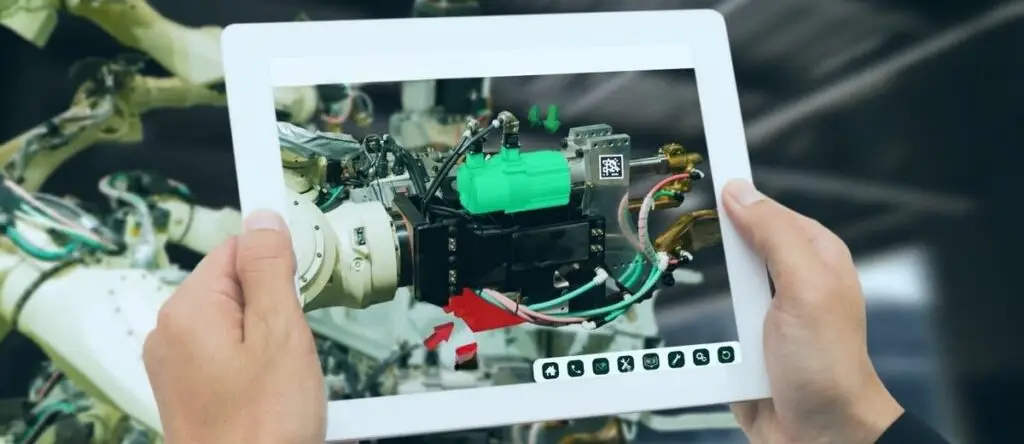Five European cities are embracing innovative technologies to build more sustainable infrastructure. With climate change intensifying, these cities are turning to AI and digital twins to manage their systems effectively. This proactive shift promises a more resilient future for urban environments.
The use of digital twins offers real-time insights, allowing city planners to make data-driven decisions. These technologies support the maintenance of critical assets, mitigating the impacts of extreme weather. The journey of each city showcases how cutting-edge technology can lead to significant advancements in infrastructure management.
The Need for Sustainable Infrastructure
Two years ago, Italy faced its worst drought in seventy years due to climate change. The Po River, a crucial waterway, saw its levels drop significantly, causing widespread water shortages and affecting food production in the Po Valley.
Climate change models predict that Europe will experience more frequent and severe droughts in the future. This makes it essential for countries to develop sustainable infrastructure capable of withstanding such extreme weather conditions.
Digital Twins: The Future of Infrastructure Management
One technology that promises to revolutionise how we manage infrastructure is digital twins. These are virtual representations of physical assets like roads, power grids, and water systems, updated in real-time with data.
Digital twins provide a comprehensive view of an asset’s condition. This enables city planners to make informed decisions on maintenance and upgrades, ensuring resilience against climate impacts.
In the UK, digital twins have been used in projects like High Speed 2 (HS2), which aims for zero-carbon rail travel. Such technologies are crucial for creating sustainable transport networks.
Revamping London’s Sewer System
London’s 150-year-old sewer system, built during the Victorian era, needs an update to serve the current population of eight million.
The Thames Tideway Tunnel project is designed to replace parts of this old system, using digital twin technology to visualise and manage the construction process.
When completed, the new sewer system will significantly reduce wastewater pollution in the River Thames, benefitting residents for the next 120 years.
Optimising Helsinki’s Heating System
Winters in Finland are notoriously harsh, and managing the heating infrastructure in Helsinki is a significant challenge.
Helsinki’s Environmental Services Authority collaborated with Bentley Systems to develop a digital twin of the city’s heating system. This model helps prioritise maintenance where leaks are most likely.
This predictive maintenance not only prevents disruptions but also ensures that residents stay warm during the coldest months.
Reducing Water Leaks in Greece
Leaks in public water systems are a common issue globally, and Greece is no exception.
Kozani, a city in northern Greece, partnered with Bentley to create a digital twin of its water system. This technology enabled quick identification and repair of leaks.
With improved leak management, the city has reduced water waste by 20%, leading to lower utility bills for residents.
Inspecting Belgium’s Water Towers
Belgium’s city of Liège faced challenges with its aging water tower, built in 1981.
Instead of traditional inspection methods, the city employed digital twins and AI to survey the tower for cracks.
This high-tech approach identified 1,704 cracks, enhancing the city’s ability to plan effective repairs and save money.
The success in Liège demonstrates the broader potential of digital twins for infrastructure maintenance.
Conclusion
With the reality of climate change, our infrastructure becomes more vulnerable. However, technologies like AI and digital twins offer new ways to manage and maintain these critical assets.
Cities across Europe are already seeing the benefits, giving hope for a more resilient and sustainable future.
As Europe grapples with the impacts of climate change, leveraging advanced technologies becomes increasingly crucial. AI and digital twins offer innovative solutions, ensuring better management of infrastructure and resilience against future challenges.
The experiences of these European cities demonstrate the transformative potential of these technologies, promising a sustainable and resilient future. Continued adoption and development of such technologies will help address broader environmental and infrastructure needs on a global scale.


